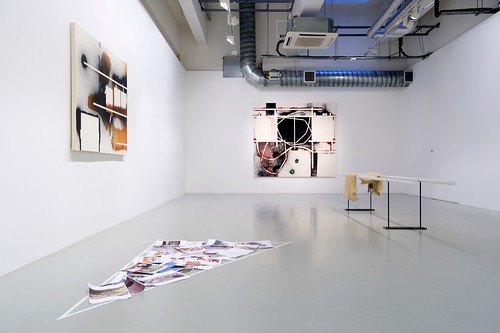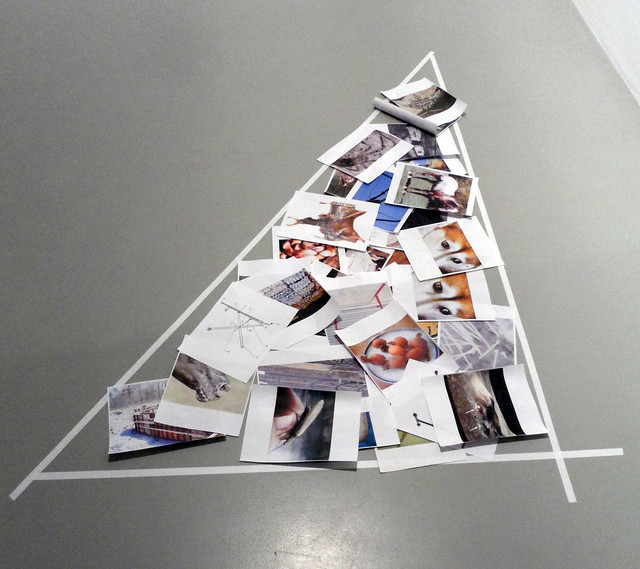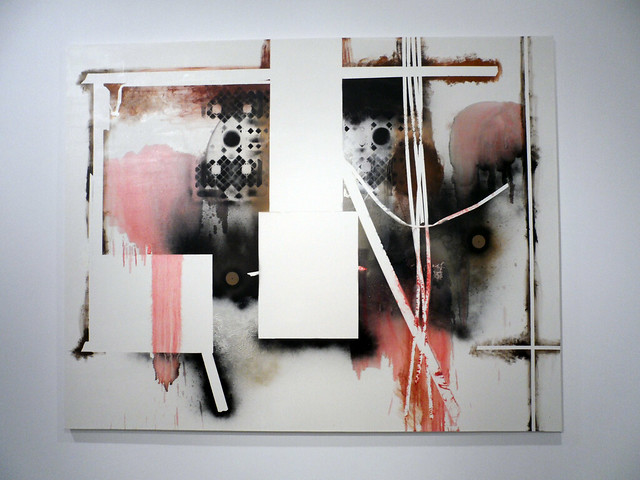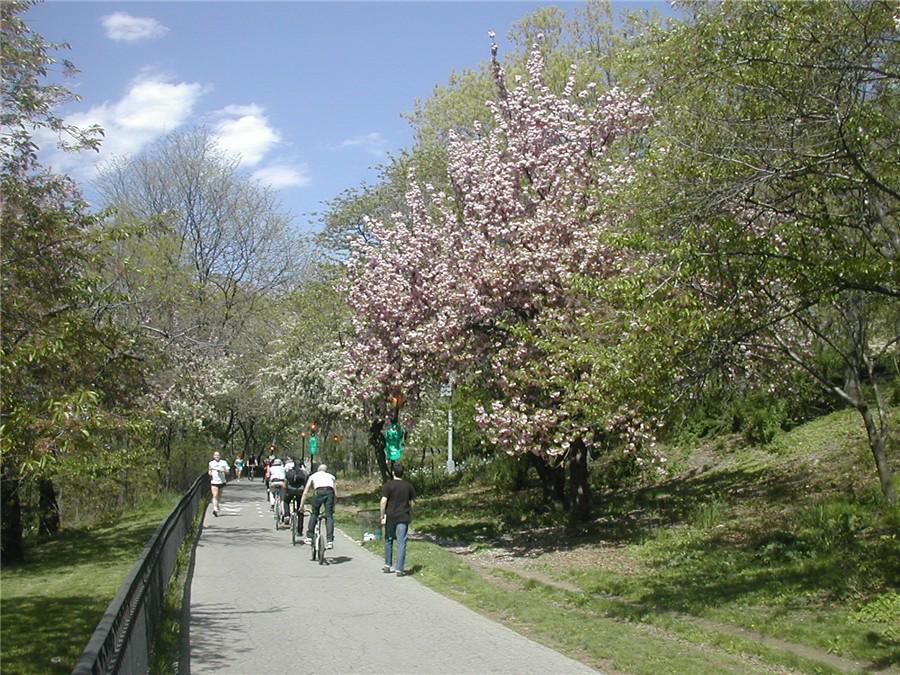Chelsea / Lower East Side galleries
Galleries' walks around NYC make me
think of past lives in neighborhoods, of gentrification in the
making, of new lives and new fortunes, of style and architecture and
changing tastes, of fashion, of course, of the “cool” and the
“hip” being dead and being re-invented to die again in the cycle
of the making of “the contemporary”. And of the crazy velocity of these processes in NYC. Chelsea's galleries story begins in
the 90's; a result of an over priced Soho art scene. Chelsea had to
offer cheap rent for huge spaces; warehouses, abandoned factories,
inheritance of early 20 century industrialization, in a relatively
residentially abandoned urban space (particularly between 10 ave. and
the river). Galleries in Chelsea excel in size, depth and heights.
A Richard Serra sculpture (roughly 60 by 25 feet!) fits comfortably
in the Gagosian generous space.
They offer a
convincing set for well established artists or emerging stars;
beautiful wooden ceilings (converted inheritance of old warehouses),
cleverly designed open skylights and almost total erasure of normal
street life. Residential/architectural activity is new and clearly
builds upon the booming art scene; High Line district; Frank Gehry
IAC building, Jean Nouvel etc., all manifest reverence of artistic
hype and accompanied real estate climbing values . Walking in
Chelsea feels like stepping into the contemporary art hall of fame.
It is powerful, intimidating, and somehow
alienating.
Lower east side art scene is still in
the making, a scene that is on the verge of success. There is still
room here for emerging artists relatively new to the scene. It is
friendlier, definitely smaller and more approachable. Even if the
art-fashion pairing may be already too cute and too expensive,
it hasn't reached yet Chelsea's arty heights of Commes de garcons
and Balenciaga.
and you can still find a shade of past sweat shops if you look hard
The street still has its presence here, invading
galleries' space and vice versa. The noise of a near-by construction
site (they are really everywhere you look ) makes it hard not to
think of Henry Roth's “Call it Sleep”, of past immigrant life
here in another century and another world that is being transformed.


















































